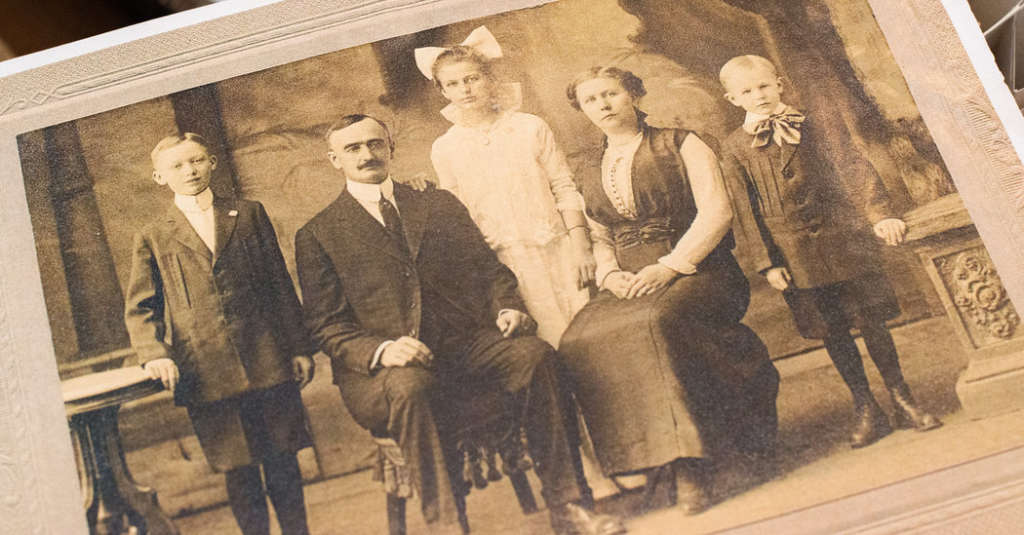In the middle of the night, Friedrich Trump left his house in Kallstadt, a small town spotted with vineyards and a Lutheran church, for a northern port city that served as Germany’s gateway to America.
A few days later, on Oct. 7, 1885, Friedrich, then 16 years old, bought a steerage-class ticket on the S.S. Eider, the start of an adventurous life as a barber, restaurateur, saloonkeeper, hotelier, entrepreneur, gold rush prospector, shipwreck survivor and New York real estate investor.
It was an immigrant tale that would make any family proud. However, for decades, the Trumps almost never talked about it.
Friedrich Trump’s son, Fred, came of age between the World Wars, a period marked by resentment of and even discrimination toward Germans in the United States.
More important, he was marketing his properties to the growing Jewish middle class filling up the old farmsteads of central Brooklyn and Queens.
During his presidential campaign, Fred’s son Donald has occasionally run roughshod over Jewish sensibilities, notably with a post on Twitter that featured a six-pointed star and a pile of cash.
But for many years, the Trumps went out of their way to avoid disquieting their Jewish friends and customers by burying their German identity.
They told anyone who asked that they were Swedish.
“He had thought, ‘Gee whiz, I’m not going to be able to sell these homes if there are all these Jewish people,’” said Donald J. Trump’s cousin John Walter, the Trump family historian, who has worked closely with Fred and Donald.
Once they started portraying themselves as Swedish, they could not stop.
“After the war, he’s still Swedish,” Walter said. “It was just going, going, going.”
Even Trump, not known to be shy about embellishing facts, questioned the need. According to Walter, when Trump was working on his best seller “The Art of the Deal” in the mid-1980s, he asked his father, “Do I have to do this Swedish thing?”
In the book, published in 1987, he wrote that his father’s story was “classic Horatio Alger,” and that his grandfather “came here from Sweden as a child.”
Trump has been called to account for the discrepancy in the past, sometimes admitting it, sometimes not. In an interview in his Trump Tower office, he at first claimed not to know that his father pretended to be Swedish, saying: “Is that true? I don’t know.”
He later acknowledged that the two of them would occasionally discuss the concealment of their heritage, explaining that his father “didn’t want to put any pressure” on his Jewish friends.
“It was a very tough time,” he said.
“We have a war, we are fighting a war with Germany,” said Trump, who was born a year after World War II ended.
Trump’s family history was recounted by Walter in an interview and was also the subject of “The Trumps: Three Generations of Builders and a Presidential Candidate,” a family biography by Gwenda Blair.
It is the kind of story that echoes the hopefulness and travails of many immigrants still today, and one that many a politician has trumpeted to gain an advantage.
Though a pillar of Trump’s campaign is stopping the flow of immigrants entering the country illegally and deporting them in mass, he often voices his support of legal immigration.
His mother, Mary Anne Trump, nee Macleod, emigrated from the Scottish Isle of Lewis at age 18, and two of Trump’s three wives were born overseas. In the
interview, he even mistakenly said his father was an immigrant who “came here when he was 5.”
While Trump’s German grandfather came to and stayed in America legally, he had little choice but to remain: German officials refused to restore his citizenship when he tried to move back to his hometown from the United States.
“Well, he wanted to come over to this country,” Trump bristled. “And ultimately, he loved this country.”
New York Times
